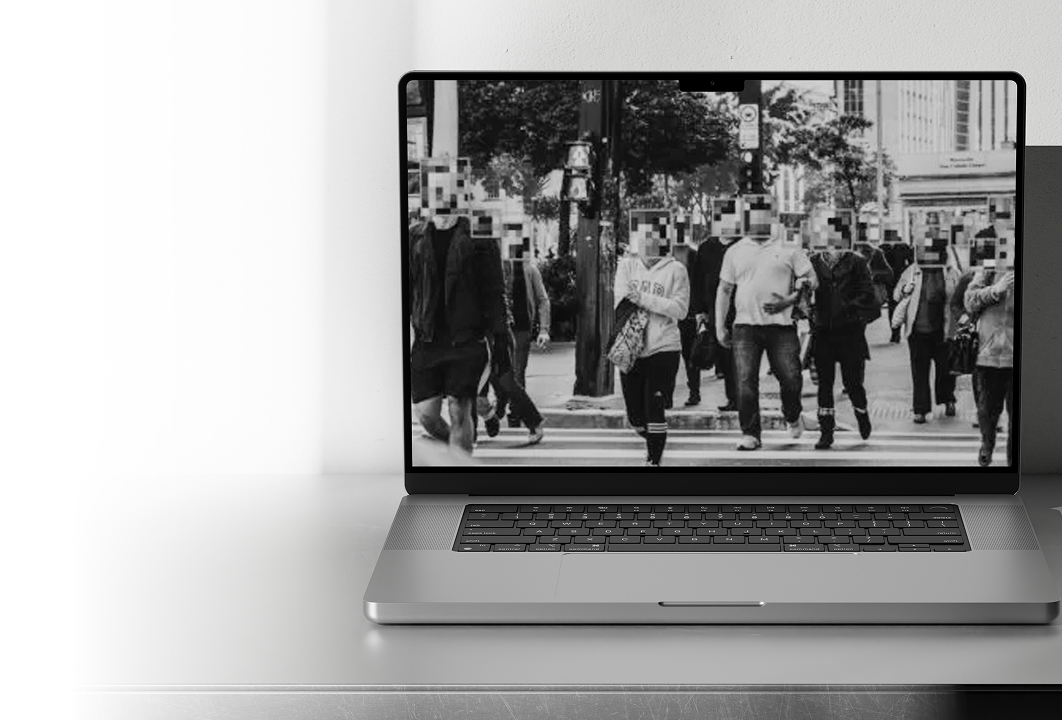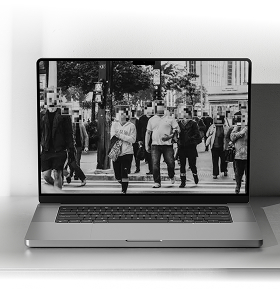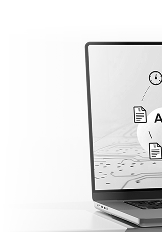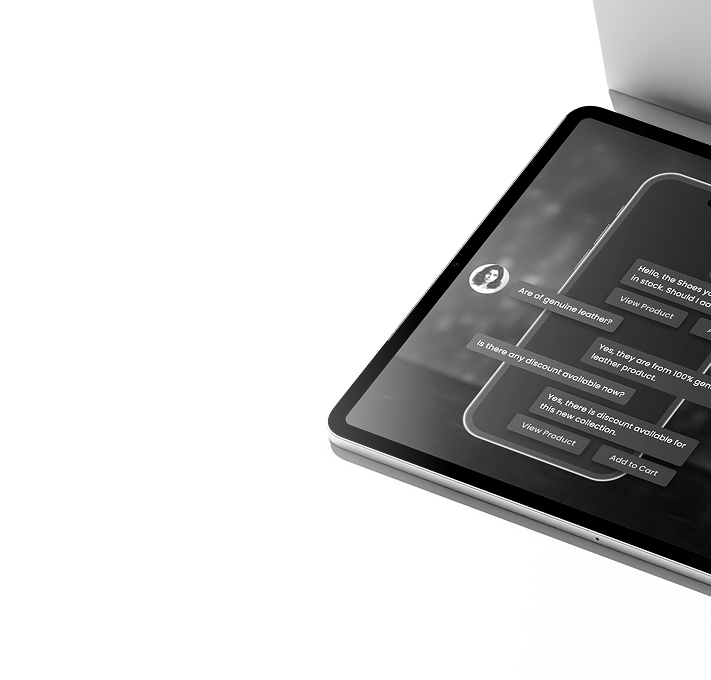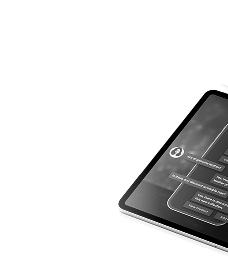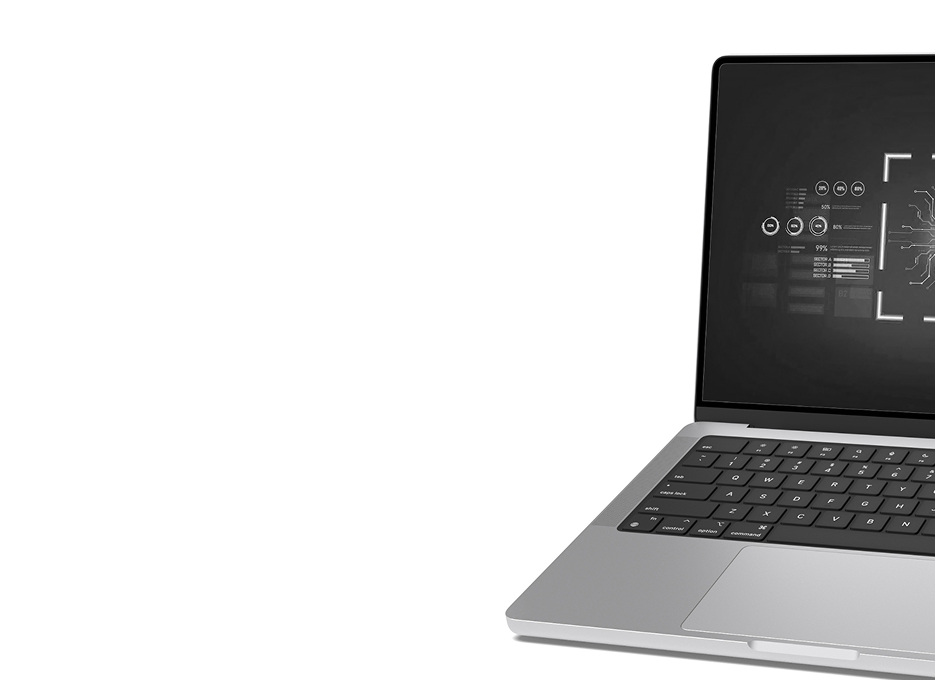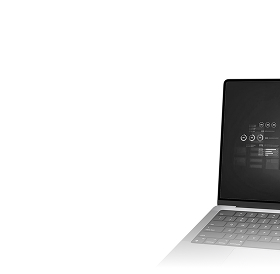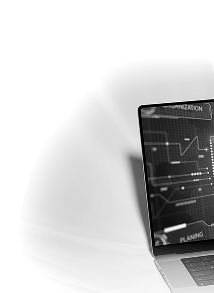Client & Project Overview:
A governmental authority required an AI-powered system to anonymize aerial images captured by drones while preserving critical environmental and infrastructure details. The solution needed to remove protected private areas, such as people, vehicles, windows, and private backyards, while retaining non-sensitive elements like trees, streets, traffic lights, and general building structures. The AI system had to process high-resolution images efficiently and be scalable for use across entire regions and countries.
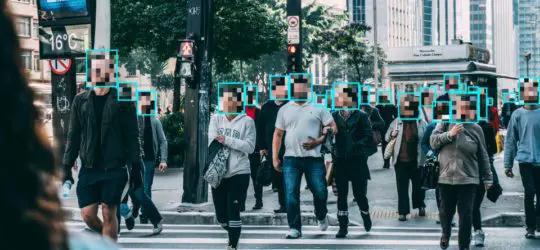
Business Challenge:
With increasing concerns over privacy protection and data security, the use of drone-captured images posed significant legal and ethical challenges. The key obstacles included:
- Ensuring Compliance with Privacy Regulations: Images captured by drones contained sensitive information, making them legally restricted for public use.
- Maintaining High-Quality Visuals: Redacting protected areas had to be done with minimal impact on the original image quality.
- Processing Large Image Files: Aerial images exceeded 300MB per file, requiring efficient processing at scale.
- Scalability for Large-Scale Deployment: The solution needed to handle aerial data from entire regions, not just small local areas.
Solution:
SiriusOne developed a custom AI model for privacy-focused image redaction, leveraging advanced computer vision techniques. Key solution components included:
- Object Detection & Removal: The model was trained using YOLO (You Only Look Once) and TensorFlow to identify and remove people, vehicles, windows, private areas, and backyard details while keeping general structures visible.
- High-Quality Image Inpainting: Applied OpenCV and deep learning-based inpainting to intelligently fill in redacted areas, ensuring natural-looking image restoration.
- Scalable Cloud & Edge Deployment: The AI solution was deployed on Kubernetes and AWS S3, allowing large-scale image processing while also supporting on-premise edge computing for offline operations.
- Automated Batch Processing: Integrated a pipeline to automatically process high-resolution drone imagery, enabling seamless large-scale deployment.
Results:
The AI-powered image redaction system delivered:
- Legal Compliance: Ensured full privacy protection by removing sensitive elements while maintaining image usability.
- Preserved Image Quality: High-fidelity image restoration minimized disruptions to non-sensitive areas.
- Efficient High-Resolution Processing: Optimized workflows handled 300MB+ aerial images with speed and accuracy.
- Scalability for Nationwide Use: The solution was designed to process images at a regional or national scale, supporting both cloud-based and on-premise operations.
By implementing this AI-driven privacy protection system, SiriusOne enabled the client to legally use drone imagery while ensuring compliance with strict data protection regulations.
